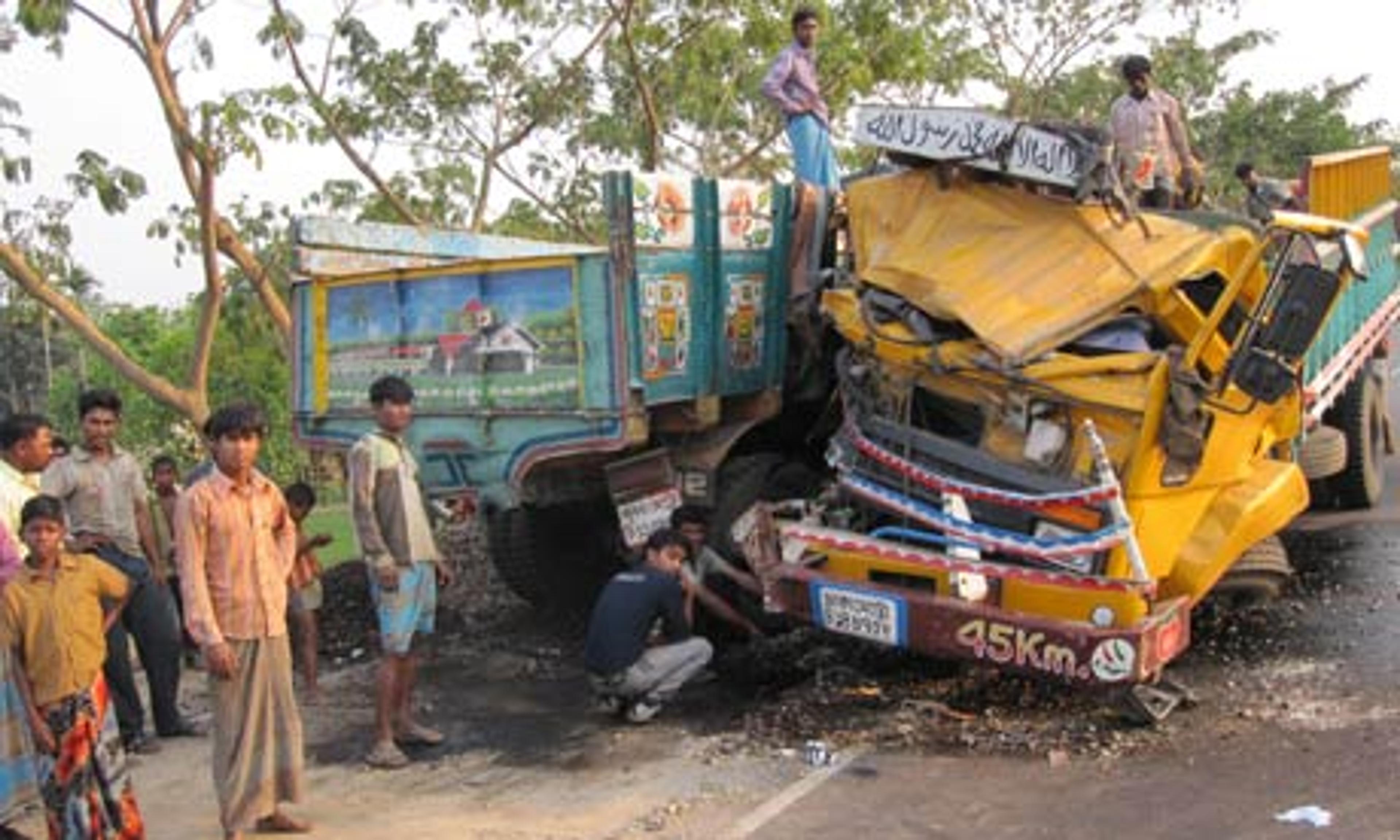Road Traffic Injuries
Giving What We Can no longer conducts our own research into charities and cause areas. Instead, we're relying on the work of organisations including J-PAL, GiveWell, and the Open Philanthropy Project, which are in a better position to provide more comprehensive research coverage.
These research reports represent our thinking as of late 2016, and much of the information will be relevant for making decisions about how to donate as effectively as possible. However we are not updating them and the information may therefore be out of date.

Most people are probably unaware of the sheer scale of the devastation caused by road traffic injuries (RTIs). They kill 1.33 million people every year, making them the eighth biggest killer in the world: more than tuberculosis and more than the wars in Iraq and Afghanistan have killed in a decade. The death toll is likely to increase as quality road safety infrastructure fails to keep pace with expanding motorisation in low and middle income countries. Road deaths are projected to overtake HIV/AIDS as a global killer by 2030.
Some sources suggest that certain road safety interventions are highly cost-effective. For example, the Disease Control Priorities 2 (DCP2) report says that enforcement of speed limits can save a Disability-Adjusted Life Year (DALY) for less than $10. If road safety charities could match this level of cost-effectiveness, then they would be more cost-effective than the charities we recommend at present. However, there are good reasons to be very cautious around these figures. Other academic studies by World Health Organisation (WHO) CHOICE and the John Hopkins International Injury Research Unit suggest that road safety charities may be much less cost-effective.
RESEARCH
Read a summary of Giving What We Can's research into the potential effectiveness of interventions designed to mitigate the impact of RTIs. You can also read the full report.